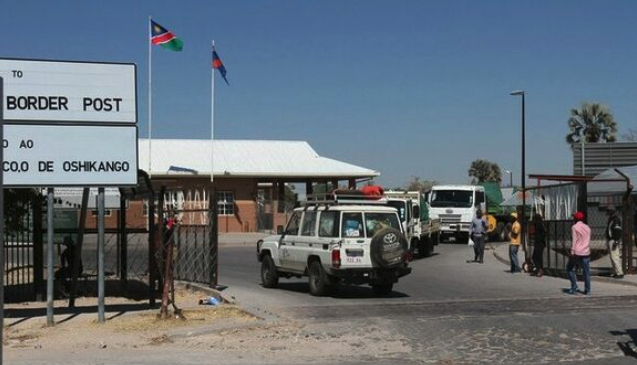Carnet de passages

What is a carnet de passages?
A carnet de passages lets you temporarily take your UK registered vehicle into certain countries. This means that you do not need to pay the import duties in the country you drive through or temporarily stay in. In effect, it is also a type of insurance document.
The carnet is valid for maximum of a year, although it can be extended should you be travelling for longer.
You buy the carnet, and in addition you also provide a security deposit in the form of either a non-refundable insurance indemnity or a part-refundable deposit guarantee. A percentage of the deposit guarantee will be charged to cover administration and bank fees, and is therefore kept and not returned to you.
The application form for a carnet de passages includes a set of terms and conditions, which you agree to adhere to.
What does the carnet consist of?
The carnet is a booklet made up of 5, 10 or 25 pages. The number of pages relates to how many countries you wish to visit – you’ll use a separate page for each country.
How do you obtain a carnet de passages?
The RAC used to issue carnet de passages, but no longer does so. You can obtain a carnet from any of the issuing offices throughout Europe, e.g. from ADAC Germany, Touring Club Schweiz. Within the UK, you can obtain one from CARS Carnet Services.
If you are abroad, email a completed carnet application form/terms & conditions, a copy of your passport, driving licence (paper & photo card version) and vehicle registration certificate to CARS Carnet Services. A quotation will then be prepared & sent via email.
How much is a carnet de passages?
A 5 page carnet costs £238.00, a 10 page carnet costs £253.00 and a 25 page carnet costs £278.00 (2025 prices).
However the price of a carnet also includes a deposit. The amount of the deposit depends on the type and condition of car. There is a minimum vehicle valuation of £1000.00.
Returning your deposit
You must return the carnet to the issuing association before it expires so that the security deposit is discharged and returned to you.
If you are away for more than one year, the issuing authority, e.g. CARS Carnet Services will either issue a new carnet to cover further countries, or it may be possible to extend the carnet locally with the the countries’ customs authority and overseas motoring club.
How does it work at the border
You must show the carnet to customs in each country you visit, both when entering the county and when leaving. Not all border points know how the carnet works, so you may have to guide them. If it needs stamping, make sure they stamp it correctly.
- When entering the country – customs will stamp and keep the import voucher at the bottom of the carnet. They should stamp the import counterfoil at the top of the carnet and give that back to you.
- When leaving the country – customs will stamp and keep the export voucher in the middle of the carnet. They should stamp the export counterfoil at the top of the carnet and give that back to you.
- On return to the UK – to avoid difficulties in establishing proof of re-export from countries you visited, you can show the certificate of location to the frontier customs office in the UK, they’ll certify it.
Countries that require a carnet de passages
A carnet is mainly required in multiple countries in Africa, Asia, The Middle East, Oceania and South America. The full list below is correct as of 2024.
African countries that require a carnet de passages
Asian countries that require a carnet de passages
Oceanic countries that require a carnet de passages
North American countries that require a carnet de passages
South American countries that require a carnet de passages
If you found this information helpful, you may also find it useful to refer to our information on driving abroad.
